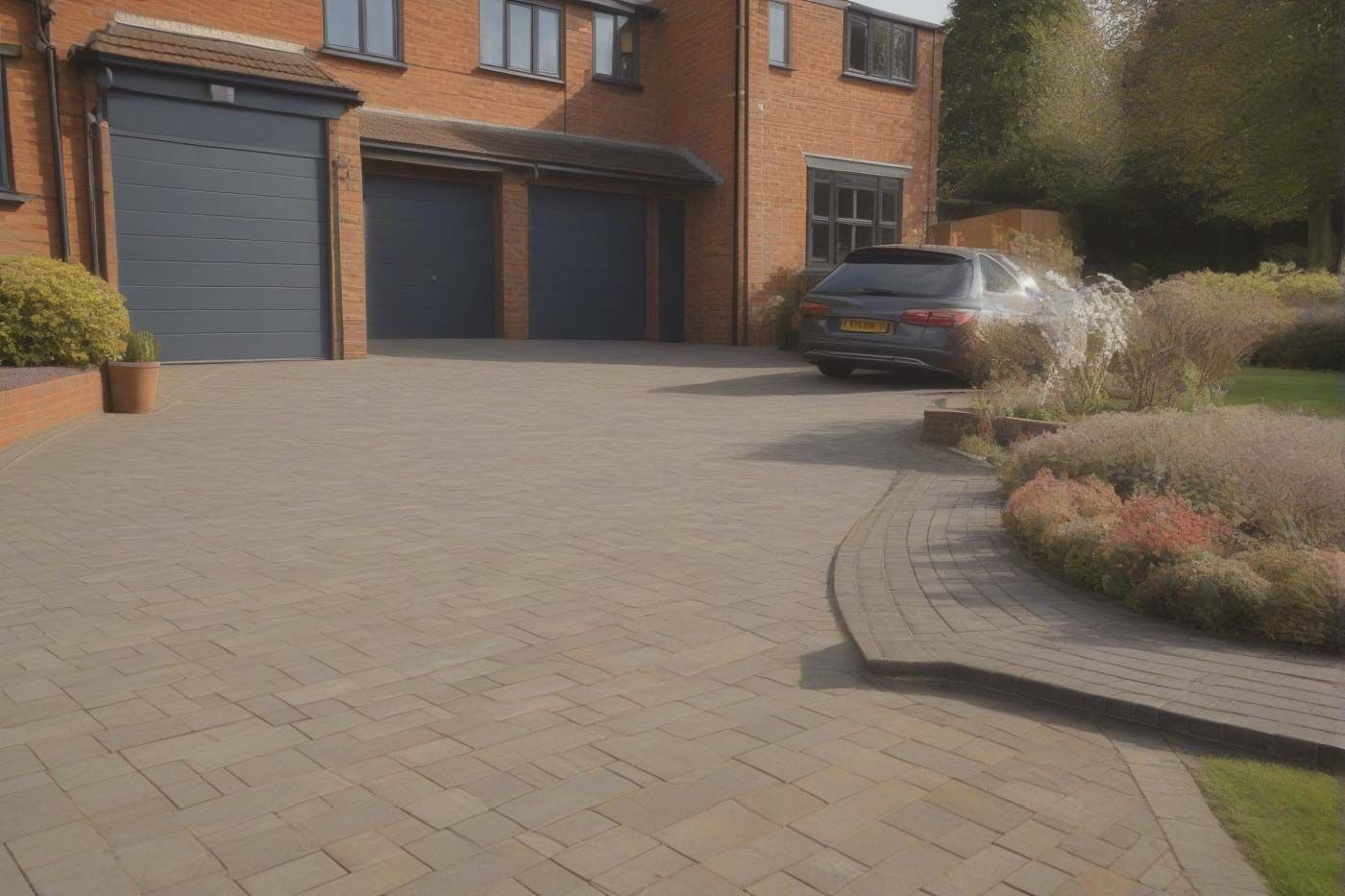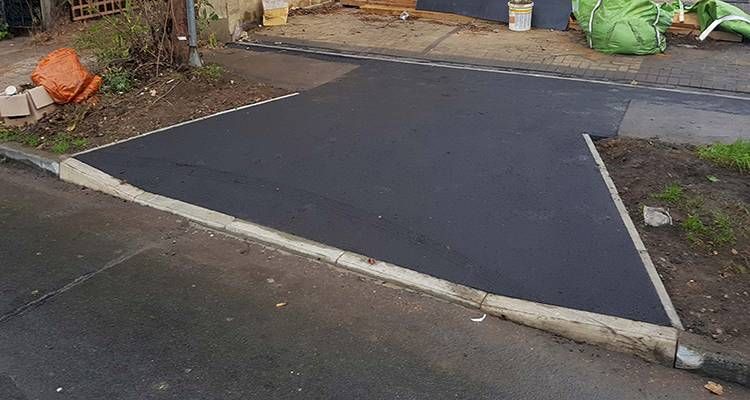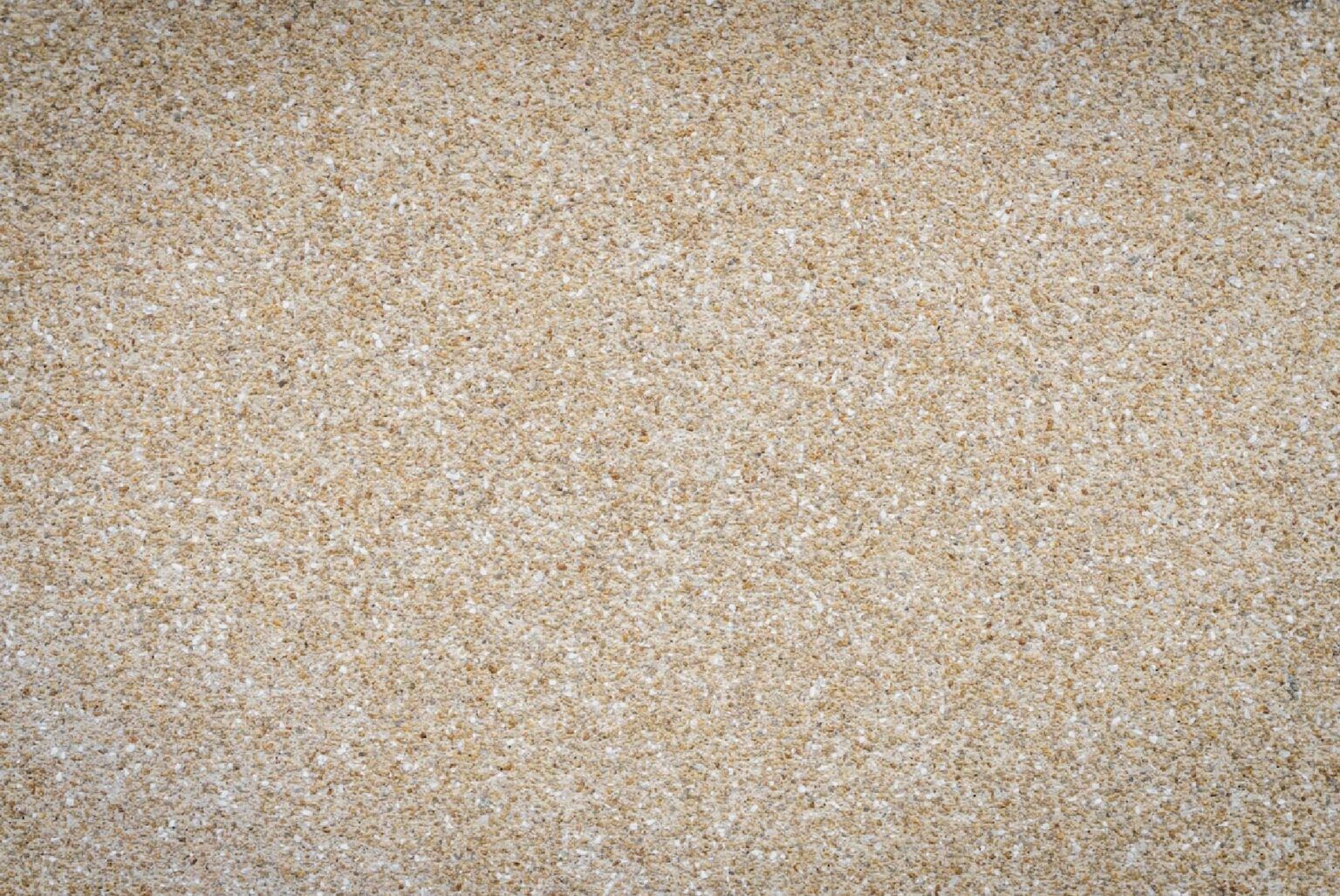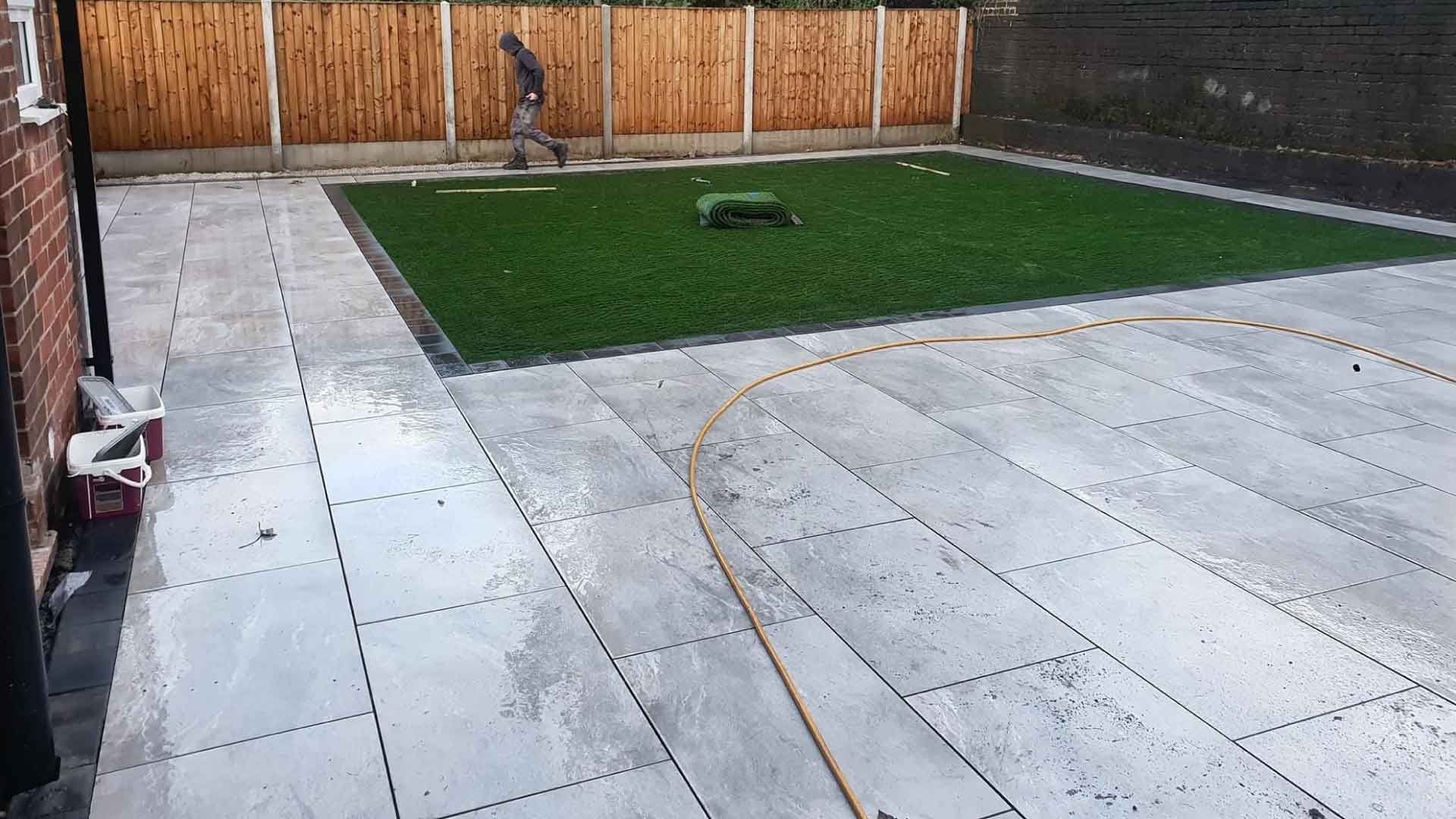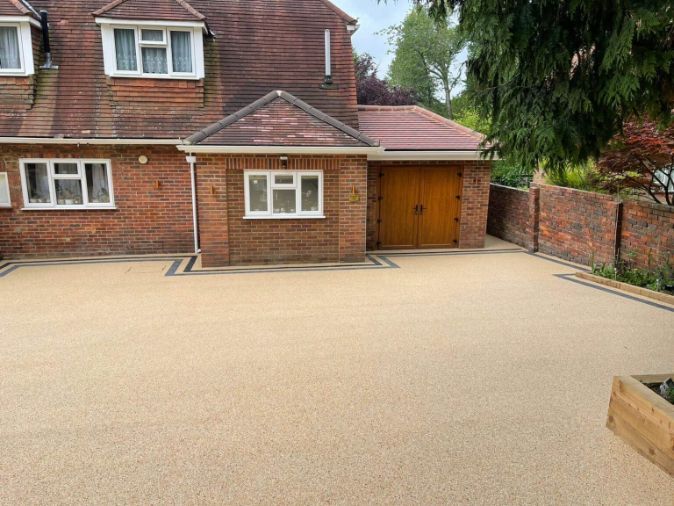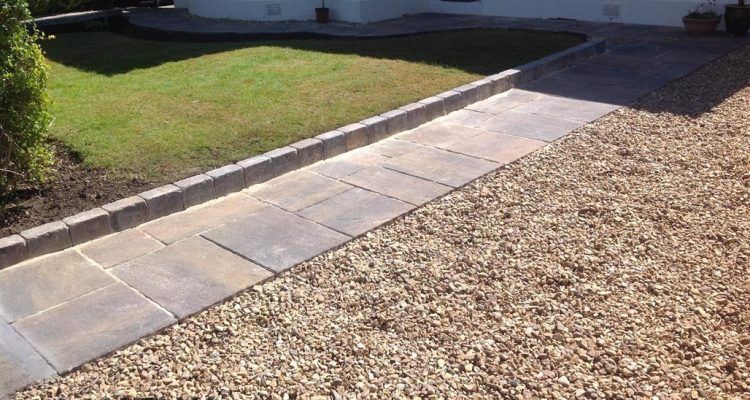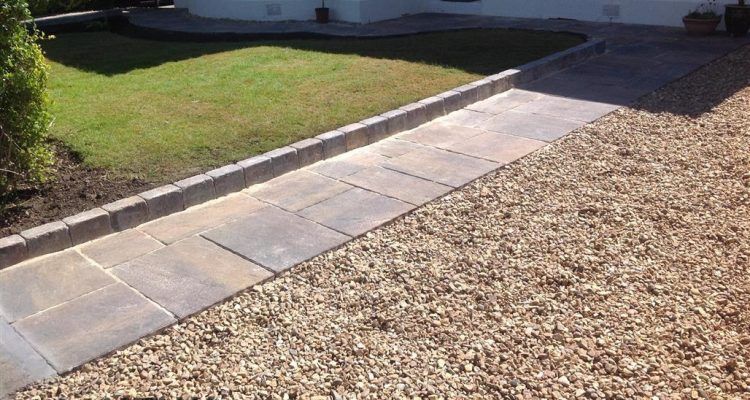Choosing the Right Sand for Laying Slabs: A Comprehensive Guide
When embarking on the exciting journey of laying slabs, one of the crucial decisions you’ll encounter is choosing the right type of sand. The choice of sand for your slab project can significantly impact the longevity, stability, and overall aesthetics of your paved surface. Whether you’re planning a patio, walkway, or driveway, the type of sand you use plays a pivotal role in ensuring a successful installation.
Different sands possess distinct properties, making them suitable for various applications. Sharp sand, building sand, grit sand, and paving sand are just a few options available, each with its unique characteristics and purposes. In this comprehensive guide, we will delve into the world of sand choices for slab laying, explore the factors to consider when making your selection, and provide expert insights on proper sand utilisation to ensure your slabs stand the test of time. So, if you’re wondering, “What sand do you use for laying slabs?” – read on to make an informed choice for your project’s success.
Types of Sand for Laying Slabs
When it comes to laying slabs, choosing the right type of sand is essential for a successful and long-lasting installation. There are several types of sand commonly used in slab laying, each with its unique characteristics and suitability for specific applications. Here are some of the most common types of sand for laying slabs:
- Sharp Sand
Sharp sand, also known as coarse sand or grit sand, is a popular choice for laying slabs. It contains larger particles, aiding in drainage and stability. Sharp sand is typically used as a base layer to create a stable foundation for your slabs. - Building Sand
Building sand is a versatile option used in various construction applications, including laying slabs. It is often mixed with cement to create mortar for slab installation. Building sand has a finer texture compared to sharp sand, making it suitable for achieving smoother mortar mixes. - Grit Sand
Grit sand falls between sharp sand and building sand in terms of coarseness. It is commonly used as a bedding layer for paving slabs. Grit sand provides good drainage while offering stability to the slabs. - Paving Sand (Jointing Sand)
Paving sand, also referred to as jointing sand, is designed specifically for filling gaps between slabs and pavers. It has a fine and clean-grained texture, making it ideal for locking slabs in place and preventing weed growth. Paving sand comes in various colours to match your slab’s aesthetic. - Play Sand
Play sand is a softer and fine-grained sand primarily used in children’s play areas and sandpits. It is not typically used for structural purposes in slab laying and is not suitable for jointing or bedding under heavy-traffic slabs. - Silver Sand
Silver sand is very fine and pale-coloured, often chosen for decorative purposes. It is not typically used for structural purposes in slab laying but can be suitable for creating visually appealing finishes.
Selecting the appropriate type of sand for your slab project depends on various factors such as the project’s specific requirements, load-bearing capacity, drainage needs, and desired aesthetics. Carefully considering these factors will help you make the right choice for a successful and durable slab installation.
Factors to Consider When Selecting Sand
When selecting sand for laying slabs, it’s essential to consider several factors to ensure the success and longevity of your project. Here are the 10 key factors to keep in mind:
- Soil Type and Drainage
Assess the soil type in the area where you plan to lay the slabs. Sandy soils drain quickly, while clay soils retain moisture. Choose sand that complements your soil type to prevent water buildup and potential slab movement. - Climate and Weather Conditions
Consider the local climate and weather patterns. In regions with heavy rainfall, you’ll want sand that aids in proper drainage to prevent waterlogging. In areas prone to freeze-thaw cycles, select sand that minimises frost heave risks. - Load-Bearing Capacity
Determine the intended use of the slab. For high-traffic areas or heavy loads, such as driveways, choose a sand that provides excellent load-bearing capacity and stability. - Aesthetic Preferences
If aesthetics are crucial, consider the colour and texture of the sand. Paving sand is available in various colours, allowing you to match it with the colour and style of your slabs. - Budget Considerations
Different types of sand vary in cost. Factor in your budget and project size when selecting the appropriate sand. While cost-effective options exist, prioritise quality and suitability for your specific application. - Compatibility with Mortar Mix
If you plan to mix sand with cement to create mortar for slab installation, ensure that the chosen sand type is compatible with the mortar mix ratios required for your project. - Weed Control
Some sands are designed to prevent weed growth between slabs. If weed control is a concern, consider using jointing sands designed for this purpose. - Sustainable Sourcing
If sustainability is important to you, inquire about the source of the sand and its environmental impact. Look for sustainable and responsibly sourced materials if possible. - Local Regulations and Guidelines
Check with local building codes and guidelines, as some regions may have specific requirements regarding the type of sand to be used for slab installations. - Professional Advice
Consult with a landscaping or construction professional for expert guidance on selecting the most suitable sand for your specific project needs. Their experience can help you make an informed decision.
By carefully considering these factors and conducting thorough research, you can choose the right type of sand that aligns with your project’s requirements and ensures a successful slab installation.
How to Lay Paving Slabs on Sharp Sand
Laying paving slabs on sharp sand is a common method for creating a stable and durable surface for pathways, patios, or driveways. Here’s a step-by-step guide on how to do it:
Materials and Tools You’ll Need:
- Paving slabs
- Sharp sand
- Building sand (for mortar mix, if needed)
- Cement (for mortar mix, if needed)
- String lines and pegs
- Spirit level
- Rubber mallet
- Shovel
- Wheelbarrow
- Wooden battens
- Trowel
- Plate compactor (optional)
- Jointing sand
Why This is Not a Good Long-Term Solution
Laying paving slabs on sharp sand, while a common practice, may not be a good long-term solution for all situations due to several potential drawbacks and limitations:
- Drainage Issues: Over time, inadequate drainage can lead to water pooling, erosion, and uneven settling of the slabs, causing an uneven surface and potential tripping hazards.
- Stability and Settling: Paving slabs laid solely on sharp sand may settle or shift over time, especially in high-traffic areas.
- Weed Growth: Sharp sand may not completely prevent weeds from emerging between the gaps in the slabs over time.
- Frost Heave: In colder climates, trapped moisture can freeze and expand, causing slabs to lift and become uneven.
- Long-Term Maintenance: Regular re-levelling, re-jointing, and weed control may be necessary to keep the surface in good condition.
Conclusion
While laying paving slabs on sharp sand is a common method for patios and pathways, it may not always be the best long-term solution. Factors such as drainage, stability, frost heave, and maintenance requirements should be carefully considered before proceeding. For projects requiring greater durability, exploring alternative installation methods may be beneficial.

